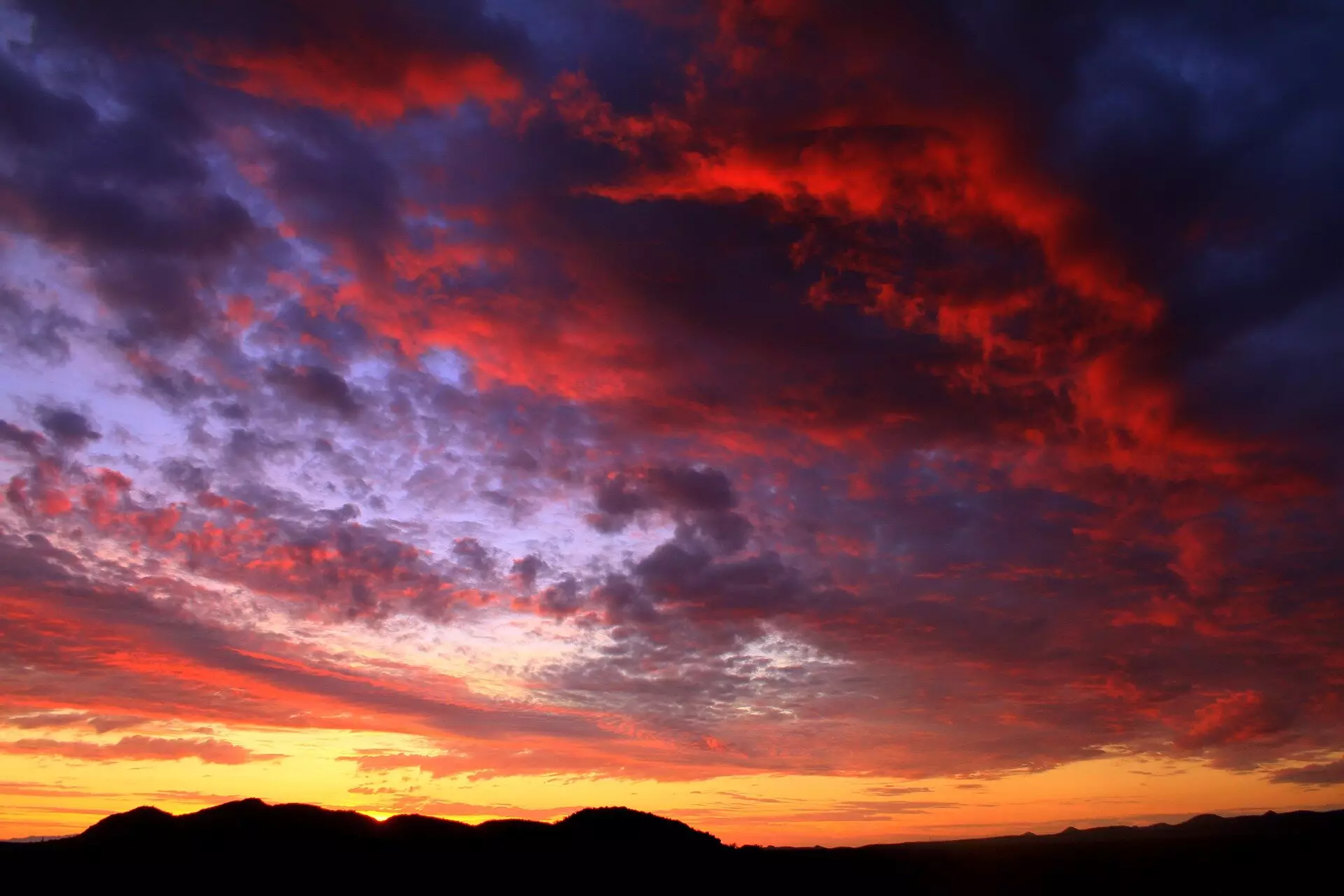The Labor Day wildfires of 2020 not only ravaged through parts of the Pacific Northwest but also brought with it extreme weather conditions that impacted the Rocky Mountains in an unexpected way. A recent study conducted by Portland State University sheds light on the meteorological factors behind this catastrophic event, with insights provided by lead author Emma Russell, a master’s student in geography. Russell highlights the amplified pattern that resulted in opposing extremes in both regions, showcasing the intricate interplay of various atmospheric elements.
One of the key players in this weather phenomenon was a high-pressure ridge, which contributed to the exceptionally warm temperatures leading up to the wildfires. This ridge, coupled with a highly amplified wave pattern, created a unique atmospheric disturbance that persisted for several days. The breaking of this wave brought about strong wind events in western Oregon, exacerbating the fire conditions and leading to the rapid spread of wildfires.
The combination of warm temperatures and dry easterly winds fueled the wildfires, resulting in the evacuation of over 40,000 people, the destruction of 5,000 homes and businesses, and the tragic loss of nine lives in Oregon. The widespread wildfire smoke also caused abnormally high levels of air pollution across the region for weeks following the event, further highlighting the far-reaching consequences of such extreme weather events.
An analysis of air parcel backward trajectories revealed that the dry air exacerbating the fire danger originated in western Canada at heights exceeding 5,000 meters. As this dry air descended to the surface, it warmed up, increasing its dryness and further contributing to the fire-friendly conditions in the region. This research provides valuable insights into the origins of the atmospheric conditions that led to the devastating wildfires.
In addition to the warm temperatures associated with the wildfires, the same weather system also brought record-setting cold temperatures to parts of the Rocky Mountains, the Southwest, and the Great Plains. The juxtaposition of extreme warmth and cold within a short period of time underscores the volatile nature of the weather patterns observed during this event.
As researchers delve deeper into the meteorological complexities of the Labor Day wildfires of 2020, one thing remains clear – the changing climate is likely to amplify these extreme weather events. While it is not definite that events like these will become more frequent, the underlying trend of global warming suggests that future occurrences may be more intense. As associate professor Paul Loikith aptly puts it, “If a similar event does happen again, the warm side will be warmer, and the cold side will be less cold.” The implications of these shifts in temperature dynamics are profound and warrant further investigation.
The meteorological extremes witnessed during the Labor Day wildfires of 2020 serve as a stark reminder of the complex interplay between atmospheric patterns, climate change, and the devastating impacts on communities and ecosystems. By studying the underlying factors contributing to such events, researchers and policymakers can better prepare for and mitigate the consequences of similar future events.


Leave a Reply